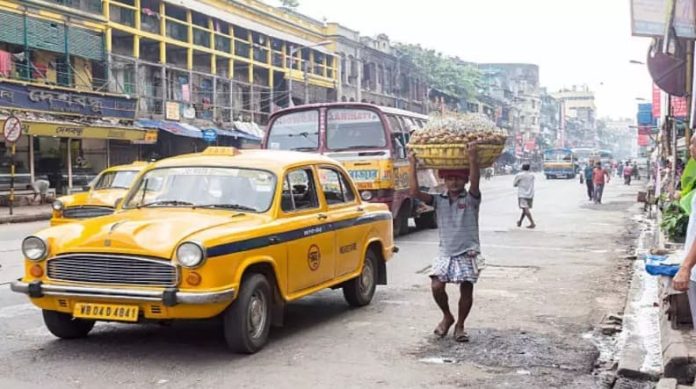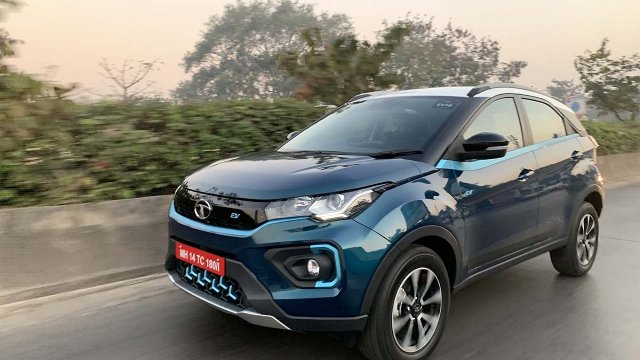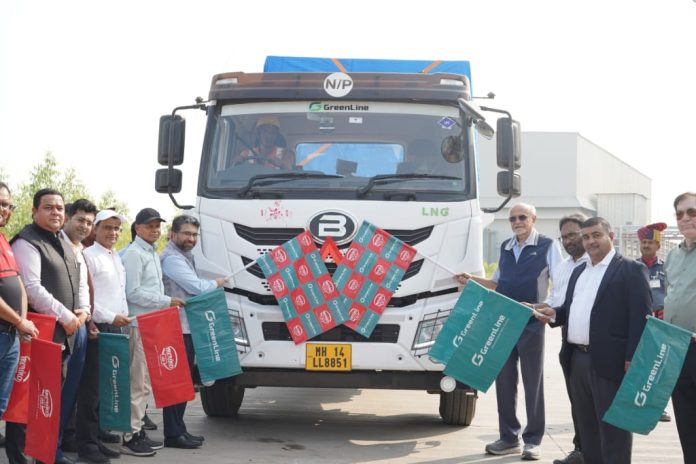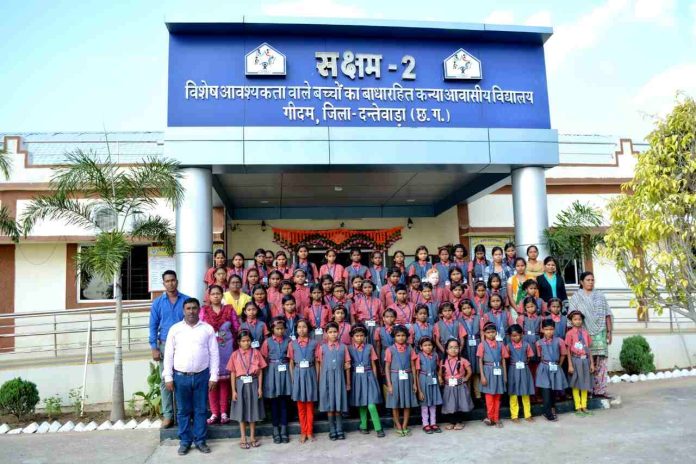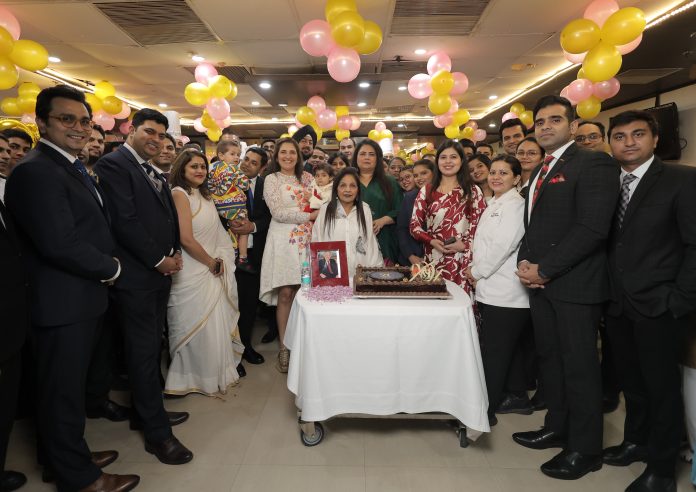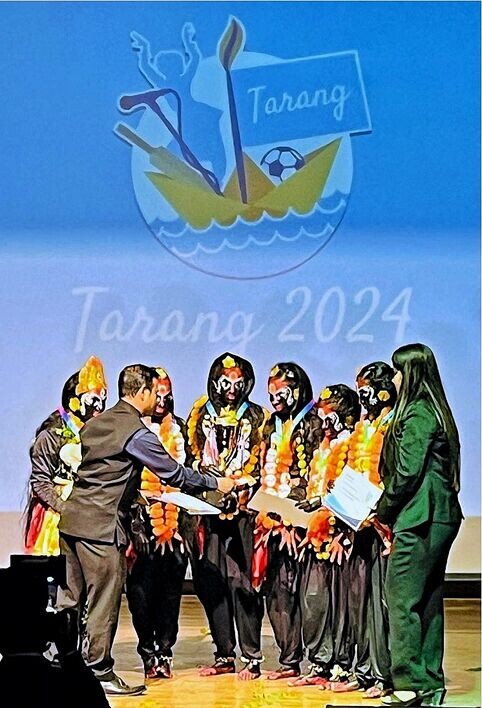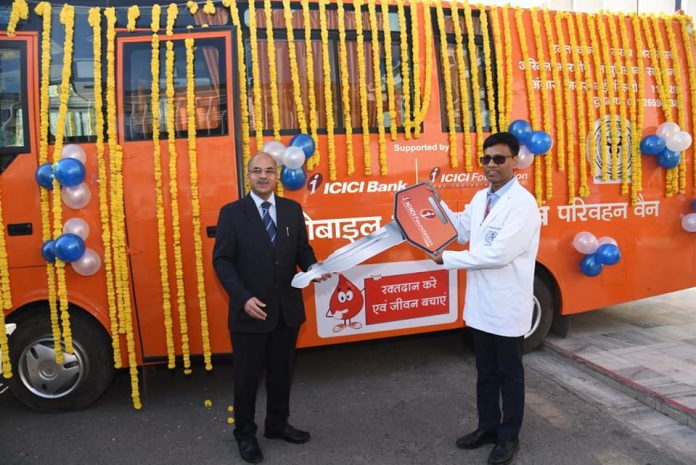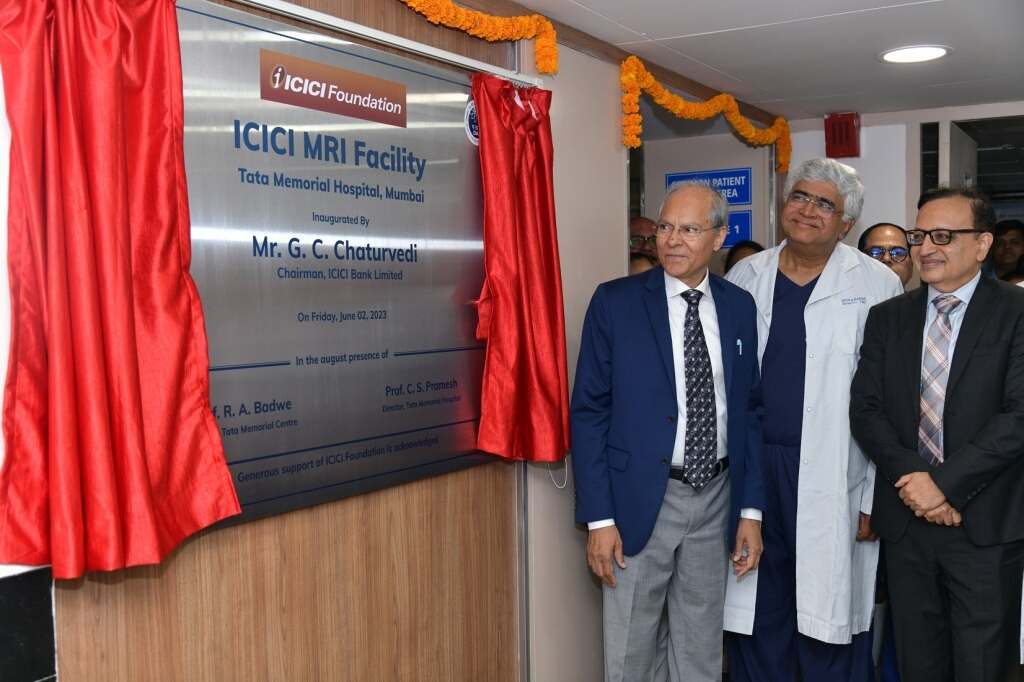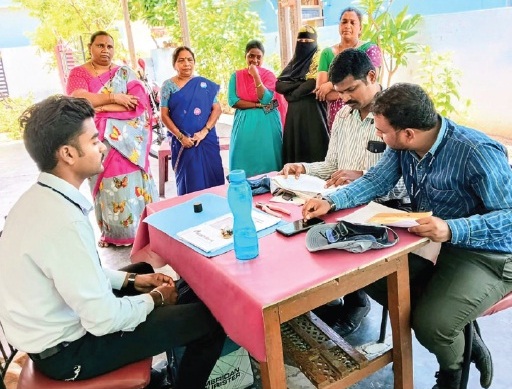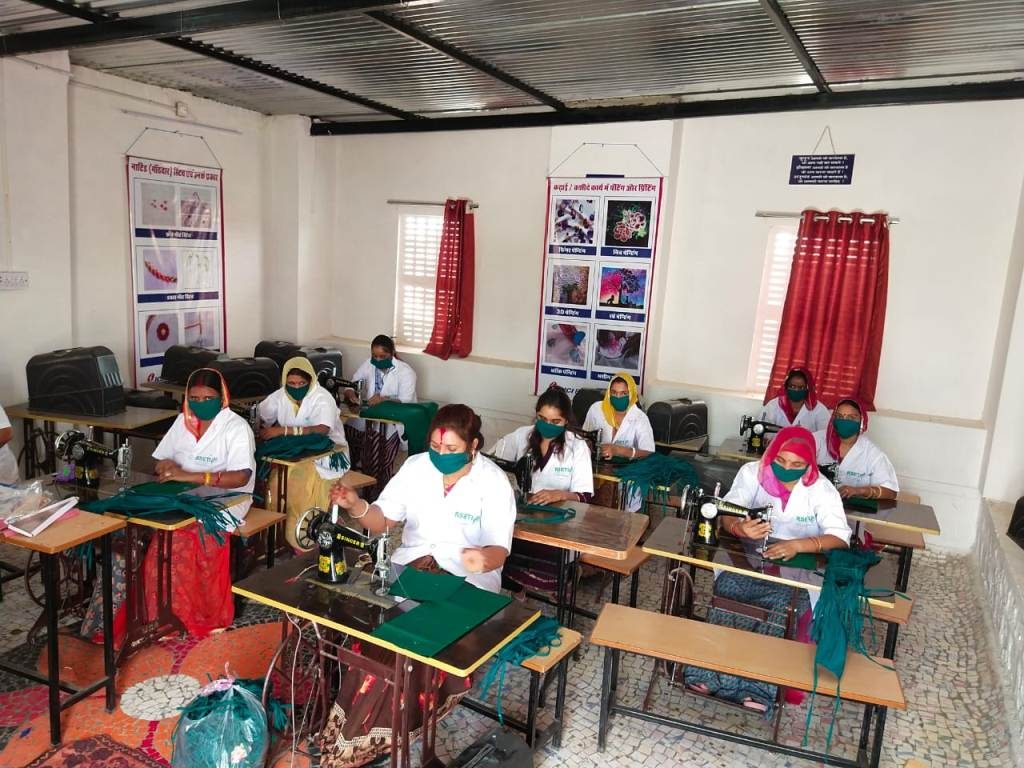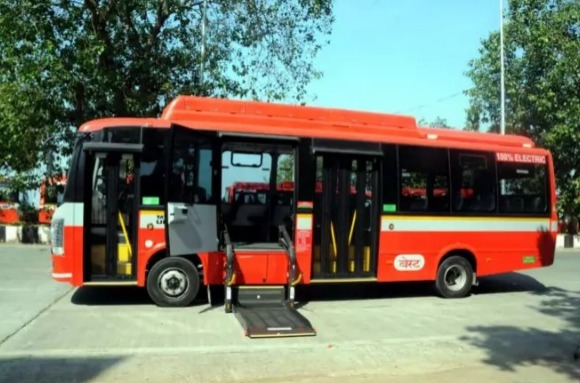After the iconic trams faced extinction from the roads of Kolkata, it is time for more than half of the yellow taxis, another defining feature of public transport in the city of joy to bid goodbye. At least 4,493 yellow taxis from a fleet of over 7000 will be taken off the roads this year.
Running for over several decades, yellow taxis became so much synonymous with Kolkata’s identity that not only are mementos representing Kolkata feature them along with heritage landmarks like the Howrah Bridge or Victoria Memorial, but also any film showing the city, mandatorily has a shot or two featuring the iconic vehicles. However, these metered taxis, which once dominated the city’s streets, are being phased out after they have exceeded the 15-year service limit imposed by West Bengal’s transport department.
According to a Calcutta High Court ruling back in 2008, commercial vehicles more than 15 years old cannot ply on the city’s roads. As per this order, a vehicle which reaches the age limit, will now be allowed to renew its permit and fitness certificate. As of now 4,493 metered yellow taxis are being phased out. Another 2,500 cabs from the remaining fleet, mostly D and E series Ambassadors will be phased out throughout next year, as per information from the state transport department.
Yellow taxis, also infamous for refusal
The yellow taxis, which had started getting infamous for refusing passengers, began losing popularity even more when app cabs ventured into the Kolkata market in 2015. The residents, who were already frustrated of being repeatedly refused, grabbed the app cab option to quickly reach their destination without having to waste time with the taxi driver over an argument and having to listen to arrogant tantrums like “I am going to the garage” or “I will charge Rs 30 more for this route as I will not get passengers on my way back”.
Problems faced by taxi operators
Taxi operators are finding it difficult to sustain in Kolkata due to various reasons. Rising costs of new BS VI-compliant taxis, now priced at over Rs 8 lakh, and a lack of fare revisions have made it difficult for many taxi operators to stay afloat. Adding to the financial strain, the difficulty in obtaining bank loans due to a high default rate have further limited their options.
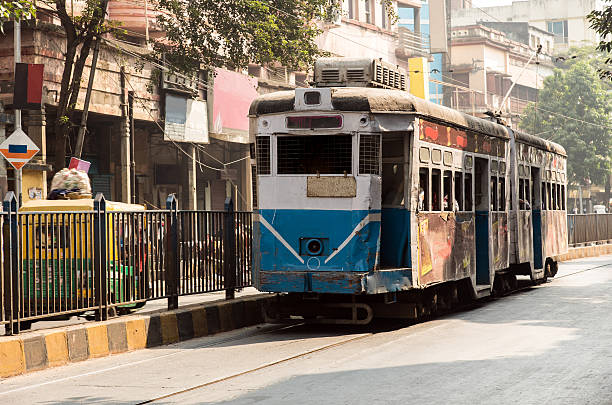
Kolkata bids farewell to iconic trams
Adding to their woes is the development as per which vehicles which have exceeded the service limit will be taken off the roads. This comes just a couple of months after the state transport department decided to discontinue with Kolkata’s iconic British era trams, which were a symbol of the city’s heritage and charm. Once a part of the city’s nostalgia, these sustainable vehicles running for more than 150 years have been made extinct by the West Bengal state government citing traffic issues and calling them a “a slow mode of transportation”.

